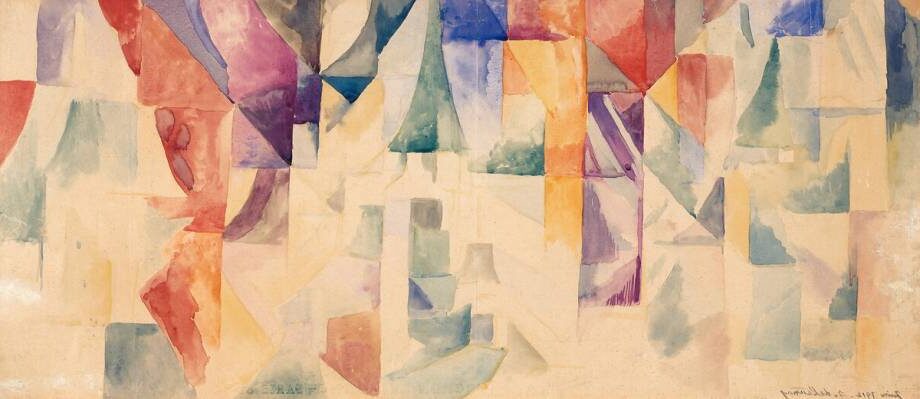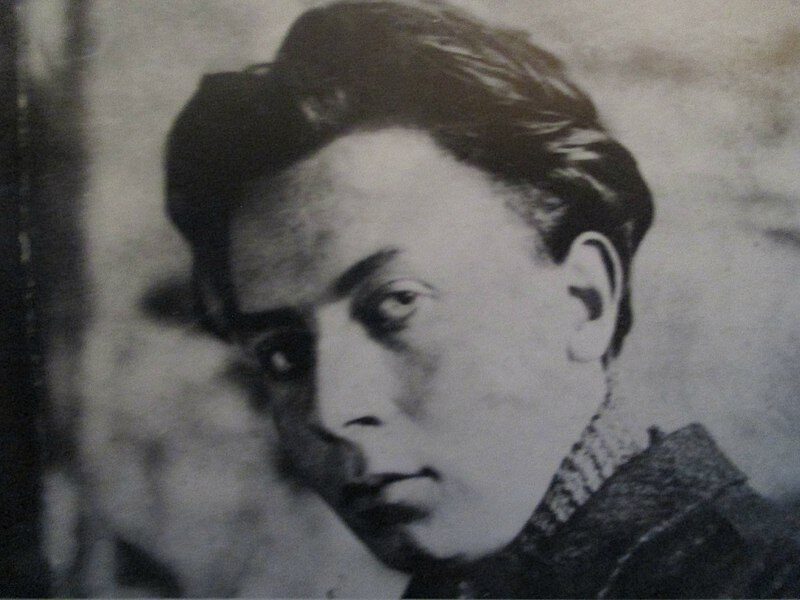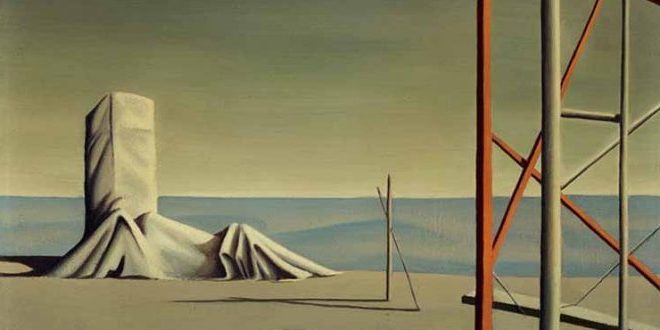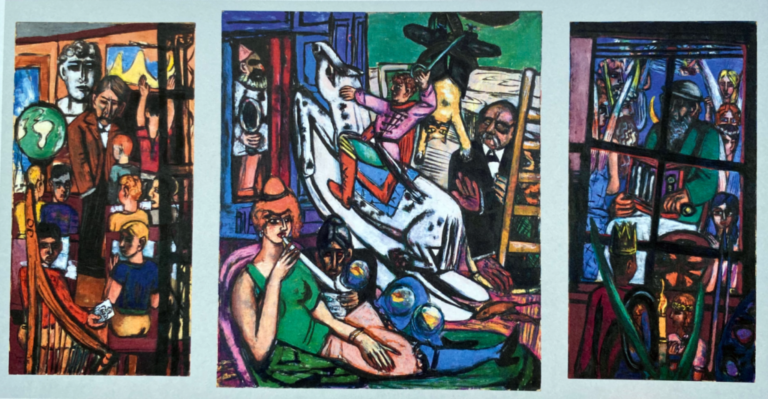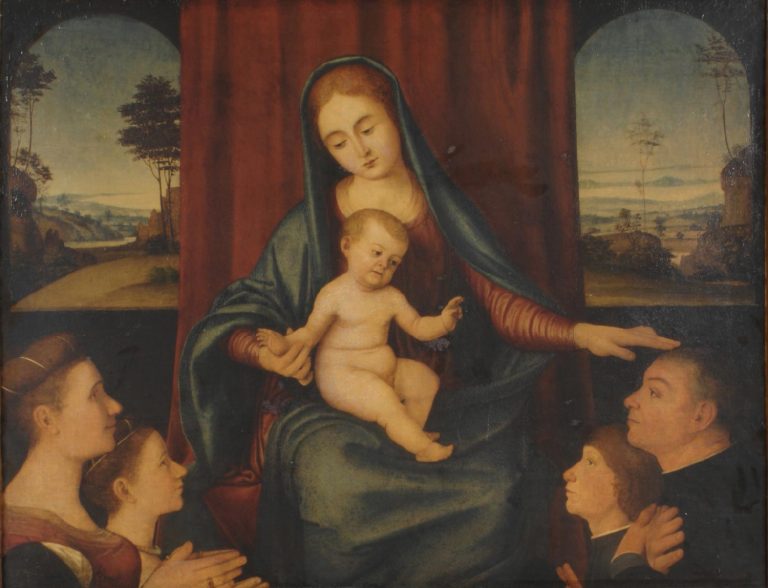Robert Delaunay: Pioneering Orphism and Color Theory in Modern Art
Born: 12 April 1885, Paris, France
Death: 25 October 1941, Montpellier, France
Art Movement: Divisionism, Cubism, Orphism, Abstract art, School of Paris
Nationality: French
Influenced By: Gino Severini
Robert Delaunay: Pioneering Orphism and Color Theory in Modern Art
Early Life and Influences
Robert Delaunay was born on April 12, 1885, in Paris, France. His formative years in the vibrant artistic atmosphere of Paris would shape his distinctive approach to color and form throughout his career.
Artistic Beginnings and Paris Influence
Delaunay’s early artistic development was marked by the rich cultural environment of Paris at the turn of the 20th century.

Circular Forms (1930) by Robert Delaunay
After a brief apprenticeship in theater design, he began painting seriously around 1904. His initial works were deeply rooted in Neo-Impressionism, showing the influence of artists like Georges Seurat.
The Parisian art scene exposed Delaunay to progressive ideas about color and light. He formed important friendships with avant-garde poets and artists, particularly Guillaume Apollinaire and Henri Rousseau, who encouraged his experimental approach.
Paris itself became a subject in his early works, with cityscapes and the Eiffel Tower featuring prominently. These pieces reflected both his connection to the city and his growing interest in modernist principles.
Exposure to Cubism and Avant-Garde
Around 1910, Delaunay encountered Cubism, which significantly transformed his artistic vision. While he appreciated Cubist structure, he rejected its somber palette, instead developing a vibrant approach that emphasized the emotional power of color.
Between 1912 and 1914, Delaunay moved toward increasingly non-figurative paintings focused on color relationships. This period marked his break from established styles toward what would become Orphism, a movement he developed with his wife, Sonia Delaunay.
His exposure to Fauvism and Expressionism further enriched his artistic vocabulary. Unlike many contemporaries, Delaunay’s theoretical approach to color was intuitive rather than strictly scientific, allowing for emotional expression through vivid chromatic combinations.
Delaunay’s early influences represented a unique synthesis of the major avant-garde movements, setting the foundation for his distinctive contribution to abstract art.
Critical Contributions and Theories

La Ville de Paris (1910–1912) by Robert Delaunay
Robert Delaunay revolutionized abstract art through his innovative theories about color and movement. His conceptual approaches transformed how artists viewed and used color in the early 20th century.
Orphism and the Language of Color
Delaunay co-founded Orphism with his wife Sonia, establishing a movement that focused on pure color and rhythm. Unlike other Cubists, Delaunay rejected the muted palette in favor of vibrant, dynamic colors that created their own sense of movement.
He moved from Neo-Impressionist divisionist techniques—creating mosaics of colored brushstrokes—to working with larger planes of color. This transition showed his evolving understanding of color’s power to create visual depth and movement.
Delaunay believed colors had their own language and could communicate emotion directly to viewers. His theories suggested that color relationships created visual harmony similar to musical chords.
His work demonstrated that abstraction could emerge naturally from color itself rather than just from deconstructing objects.
Public Art and Large-Scale Works
Delaunay’s commitment to bringing art into public spaces manifested in his monumental works. His series of Eiffel Tower paintings transformed the Parisian landmark into vibrant, fractured geometric compositions that celebrated modernity.
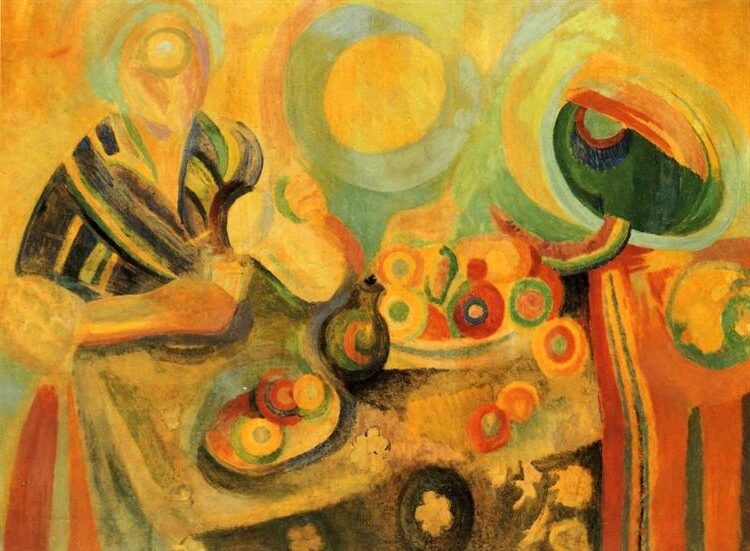
Pouring (1915–1916) by Robert Delaunay
These works merged architecture with abstraction, using multiple viewpoints to capture the tower’s dynamic energy. The repeated theme allowed him to explore different color harmonies and spatial arrangements.
For the 1937 Paris International Exhibition, Delaunay created massive decorative panels. These large-scale works demonstrated how his color theories could transform architectural spaces.
His public art aimed to integrate abstract art into everyday life. He believed art should not be isolated in museums but should enhance common spaces.
Collaborative Efforts and Influence on Modern Art
Delaunay worked with Sergei Diaghilev’s Ballets Russes, designing sets that brought his color theories to theatrical spaces. These collaborations extended his influence beyond painting into performance art.
His friendship with avant-garde poets like Guillaume Apollinaire connected visual art with literary movements. This cross-disciplinary exchange enriched both fields.
The Delaunays’ Paris apartment became a gathering place for international artists. This “salon” fostered artistic exchange and helped spread Orphism’s influence across Europe.
His theories directly influenced the development of abstract art in Germany, Russia, and the United States. The Bauhaus school particularly embraced his ideas about color relationships.
Delaunay’s emphasis on pure abstraction through color laid groundwork for later movements like Color Field painting and Op Art.
Artistic Evolution and Legacy
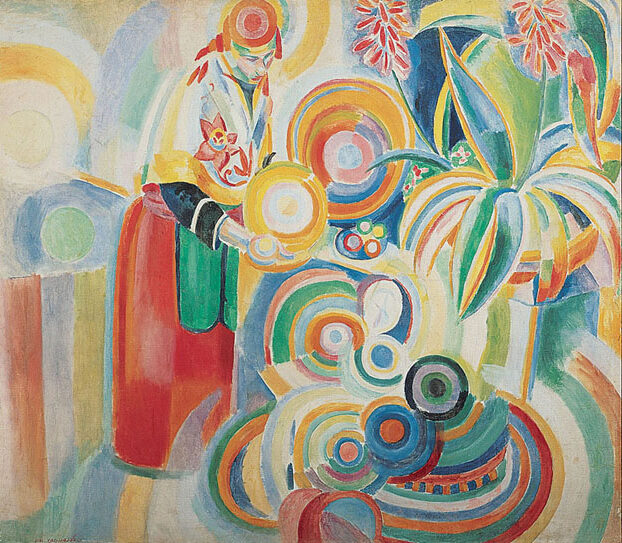
Portuguese Woman (1916) by Robert Delaunay
Robert Delaunay’s artistic journey evolved dramatically throughout his career, transforming from early Post-Impressionist works to pioneering abstract compositions. His exploration of color theory and light fundamentally changed modern art and continues to influence artists today.
The Eiffel Tower Series and Parisian Landscapes
Delaunay’s fascination with the Eiffel Tower began around 1909, resulting in numerous paintings that captured the iconic structure from various perspectives. These works marked a significant shift in his approach, as he fragmented forms while emphasizing the dynamic energy of modern Paris.
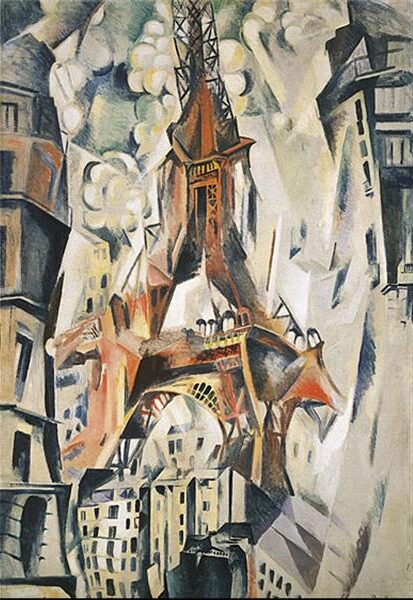
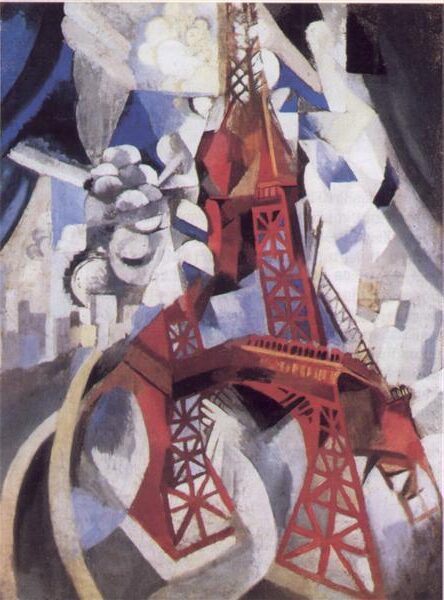
“The Red Eiffel Tower” (1911) stands as one of his most recognized works, depicting the monument through bold color contrasts rather than realistic representation. Delaunay viewed the tower as a symbol of modernity and technological achievement.
His Parisian landscapes, including the ambitious “The City of Paris” (1912), demonstrated his growing interest in simultaneity—the idea of showing multiple viewpoints at once. The Saint-Séverin series further showcased his experimentation with fracturing space and light in architectural settings.
Transitions to Pure Abstraction and Later Life
By 1912, Delaunay had largely abandoned representational subjects to pursue what he called “simultaneous contrasts.” His “Simultaneous Windows” series marked his full commitment to pure abstraction based on color relationships rather than objects.
The artist coined the term “Orphism” with poet Guillaume Apollinaire to describe this colorful, rhythmic approach to abstraction. His “Circular Forms” paintings featured dynamic, swirling compositions of vibrant color discs that created visual movement.
During the 1930s, Delaunay created large-scale works for the 1937 Exposition Internationale des Arts et Techniques in Paris. These murals demonstrated his ability to translate his abstract aesthetic to monumental formats. His work with his wife Sonia Terk Delaunay extended beyond painting into fashion design and textile arts.
Posthumous Recognition and Influence on Contemporary Art
After his death in 1941, Delaunay’s reputation continued to grow through major retrospectives at prestigious institutions like MoMA in New York. His pioneering approach to color and abstraction influenced numerous artistic movements.

Rhythm No. 1 (1938) by Robert Delaunay
Color Field painters like Mark Rothko acknowledged Delaunay’s influence on their exploration of color relationships. His dynamic compositions also impacted Op Art and kinetic art movements of the 1960s.
The Delaunays’ collaborative approach to art and design anticipated later movements that blurred boundaries between fine art and applied arts. Their work entered prominent collections worldwide, cementing Robert’s legacy as a key figure in the development of abstract art.
Contemporary artists continue to reference his innovative techniques for capturing light and movement through color. Delaunay’s bold experiments with form and color helped establish abstraction as a legitimate artistic approach that continues to resonate in today’s art world.
Frequently Asked Questions
Robert Delaunay left a significant mark on modern art with his innovative approach to color and abstraction. His journey through various artistic movements and his influential works continue to captivate art enthusiasts and scholars alike.
What artistic movement is Robert Delaunay most commonly associated with?
Robert Delaunay is most commonly associated with Orphism, a movement he pioneered alongside his wife Sonia Delaunay. This style emerged around 1912 as an offshoot of Cubism.
Orphism prioritized bright colors and geometric forms over the monochromatic approach of analytical Cubism. The movement got its name from the poet Guillaume Apollinaire, who saw connections between the vibrant, rhythmic qualities of this art and the mythical musician Orpheus.
Delaunay’s work in Orphism focused on the study of light and color relationships, creating dynamic visual experiences through abstract compositions.
How did Robert Delaunay’s style evolve throughout his career?
Delaunay’s artistic journey began with Post-Impressionism before moving toward Neo-Impressionism around 1906. He then experimented with Cubism from 1909 to 1911.
By 1912, he developed his distinct approach to abstraction through Orphism, focusing on color relationships and light. This period marked his breakthrough into pure abstraction.
After World War I, Delaunay briefly returned to figurative art before embracing a more geometric abstract style in the 1930s. His later works featured circular forms and rhythmic color arrangements that explored visual movement and harmony.
Can you describe the characteristics of Robert Delaunay’s ‘Orphism’ period?
Delaunay’s Orphism featured bold, prismatic colors arranged in geometric patterns. Unlike traditional Cubism, Orphism emphasized vibrant color relationships rather than subdued palettes.
The style utilized simultaneous contrast, a concept from color theory where adjacent colors intensify each other. Delaunay created dynamic compositions with concentric circles, fractured planes, and rhythmic arrangements.
Light was a crucial element in his Orphic works. Delaunay tried to capture its movement and effects through color, believing painting was “a purely visual art” dependent on “colored rhythms.”
What was the impact of Robert Delaunay’s work on 20th-century art?
Delaunay’s experiments with color and abstraction influenced numerous art movements of the 20th century. His theories on color and light paved the way for Op Art and Kinetic Art decades later.
German Expressionists and members of Der Blaue Reiter, particularly Franz Marc, were directly influenced by Delaunay’s vibrant approach. His work also impacted the development of abstract art across Europe.
Delaunay’s emphasis on pure color relationships freed painting from representational constraints. This liberation of color became fundamental to modern abstract art and continues to influence contemporary artists.
Which famous works of art did Robert Delaunay create?
“The Eiffel Tower” series (1909-1912) ranks among Delaunay’s most recognized works. These paintings captured the iconic structure from multiple perspectives, combining Cubist fragmentation with vibrant color.
His “Simultaneous Windows” series explored the interplay of light and color through abstract compositions. “Simultaneous Disks” (1912-1913) featured concentric circles of contrasting colors that created optical vibrations.
“Rhythm, Joy of Life” (1930) and “Rhythm No. 1” (1938) demonstrate his later geometric abstraction, with circular forms creating dynamic visual rhythms through carefully arranged color relationships.
Who were some of the contemporaries or collaborators of Robert Delaunay in the art world?
Sonia Delaunay, Robert’s wife, was his closest collaborator. Together they developed Orphism and explored color theory through painting, textiles, and design.
Guillaume Apollinaire, the poet and art critic, championed Delaunay’s work. He coined the term “Orphism” to describe their approach. Their friendship significantly influenced art criticism of the period.
Delaunay maintained connections with members of Der Blaue Reiter, including Wassily Kandinsky and Franz Marc. He also exchanged ideas with Futurists like Gino Severini. Additionally, he collaborated with Dadaists like Tristan Tzara in the 1920s.

